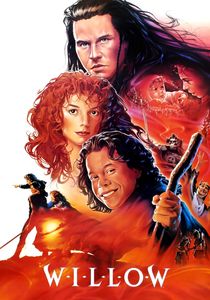(On VHS, April 2001) The story’s been done better elsewhere (man tries to escape his oppressive society; see Dark City, Gattaca, Truman Show) but this is a creditable effort for the seventies. You will be unable to associate this grim and artistic George Lucas with his latter American Graffiti or Star Wars series. (Sharp-eyed observers, however, will note Lucas’ recurring motifs of car chases and distrust of technology) Unfortunately, Lucas’ vision is hampered by four things; a low budget, a lack of storytelling skills, no knowledge of science-fiction and an approach more suitable to arty films than popular entertainment. All of this combine to produce a film with recycled imagery, simplistic plotting, awful dialogue, an unsatisfying ending, laborious introduction/development of well-known concepts and “artistic” imagery that exasperates more than it enlighten. While THX-1138 doesn’t hold up to modern standards and inspires more guffaws than deep thoughts, it’s of definite historical interest. Worth a look despite everything else.
(Second viewing, On Cable TV, August 2019) It had been nearly twenty years since I’d seen THX 1138, but as I watched it a second time it became obvious that it wasn’t the version I had watched in 2001: The inclusion of obvious CGI in a 1971 quickly led me to realize that I was watching the 2004 director’s cut of the film, with added digital details to fix the most dated aspects of the film. The result is strangely compelling: by updating the effects, George Lucas has removed a fundamental stumbling block of casual viewing (focusing on bad effects rather than the story), while the block he has added (those are modern effects in an older movie!) won’t be as obtrusive to most viewers. The story, of course, has not changed much: it’s still a good old repressed protagonist in a dystopian society (although one notes with some interest that it’s a society that’s not even particularly good at keeping itself working: there are plenty of hints that things are not going well, that there are accidents and errors and systemic failures even in an environment where everything is supposed to be controlled) realizing that the society is dystopian and escaping it. It’s the ur-example of dystopian fiction plotting familiar through endless examples, but it’s not badly done. The antiseptic aesthetic sense of THX 1138 remains intriguing, and some of the details (including, yes, the bolted-on CGI additions) do create a certain tangible reality. A dystopian vision from the early 1970s can feel intriguingly out of time these days, and while I’m still not a fan of the film, at least I can see that it may be worth a look. Then there’s the whole link with Star Wars to think about, but that’s been discussed already.




